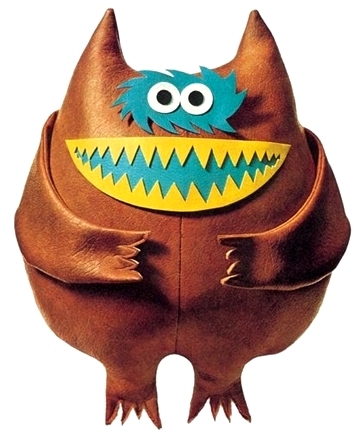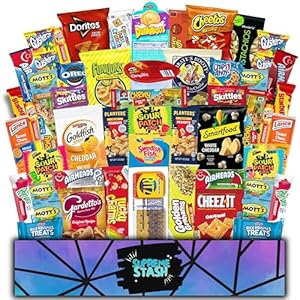
“The Nauga is ugly, but his vinyl hide is beautiful”
In the 1960s and 1970s, you couldn’t turn on the TV in America without seeing a ‘Nauga’.
In 1936, chemists at the United States Rubber Company (later known as Uniroyal) in Naugatuck, Connecticut, developed a knit fabric backing coated with polyvinyl chloride (PVC) that was an excellent leather substitute for use in upholstery.
They named the fabric ‘Naugahyde’, after the location at which it was developed, and the product came into widespread use in the ‘50s and ‘60s and was seen everywhere in auto upholstery and household furniture.
Naugahyde was available in 500 colours and designed to replicate many textures, including leather, silk, satin, tweed, brocade, burlap and even bamboo, to create “beautifully indestructible furniture”.
General Motors used the material in its vehicles for several decades, using the names “Cordaveen”, “Madrid-grain vinyl”, “Morocceen” and “Morrokide”.
 Chevrolet also used the fabric but simply listed it in sales brochures as “vinyl interior”.
Chevrolet also used the fabric but simply listed it in sales brochures as “vinyl interior”.
The product was marketed on television and in print during the 1960s and 1970s using the imaginary ‘Nauga’ creature, asserting facetiously that Naugahyde was obtained from the skin of the mythical creature (which could shed its skin without harming itself).
Nauga dolls – squat, horned monsters with a wide, toothy grin – were produced to promote the brand and became popular in the 1960s. These days, they are prized collector’s items.
The Nauga even made an appearance on The Tonight Show with Johnny Carson (pictured).
Trending Products


![NOW Country Classics: 90âs Dance Party[Lemon & Spring Green 2 LP]](https://m.media-amazon.com/images/I/61hVquUofcL._SL500_._SS300_.jpg)





